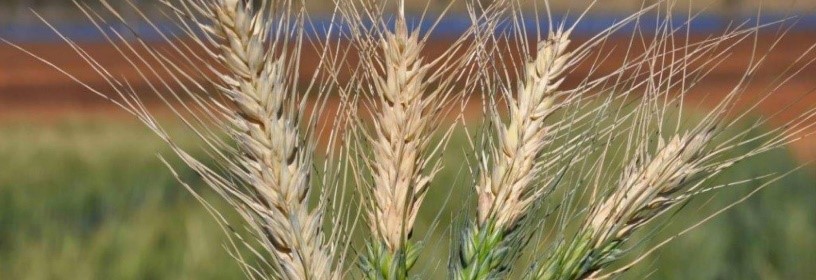Free Courses Sale ends Soon, Get It Now


Free Courses Sale ends Soon, Get It Now



Disclaimer: Copyright infringement not intended.
Context
Wheat Blast
Occurrence:
Disease Characteristics:
Symptoms:
Favorable Conditions:
Impact on Agriculture:
Management Strategies:
Global Concern:
International Collaboration:
Future Preparedness:
Role of Organizations:
Conclusion:
Wheat Blast remains a critical concern in the agricultural landscape, demanding concerted efforts to safeguard global wheat production and food security.
|
PRACTICE QUESTION Q. The fungal pathogen responsible for causing the agricultural disease known as "Wheat Blast" primarily belongs to which genus? A) Fusarium B) Magnaporthe C) Phytophthora D) Alternaria Correct Answer: B) Magnaporthe |
© 2024 iasgyan. All right reserved